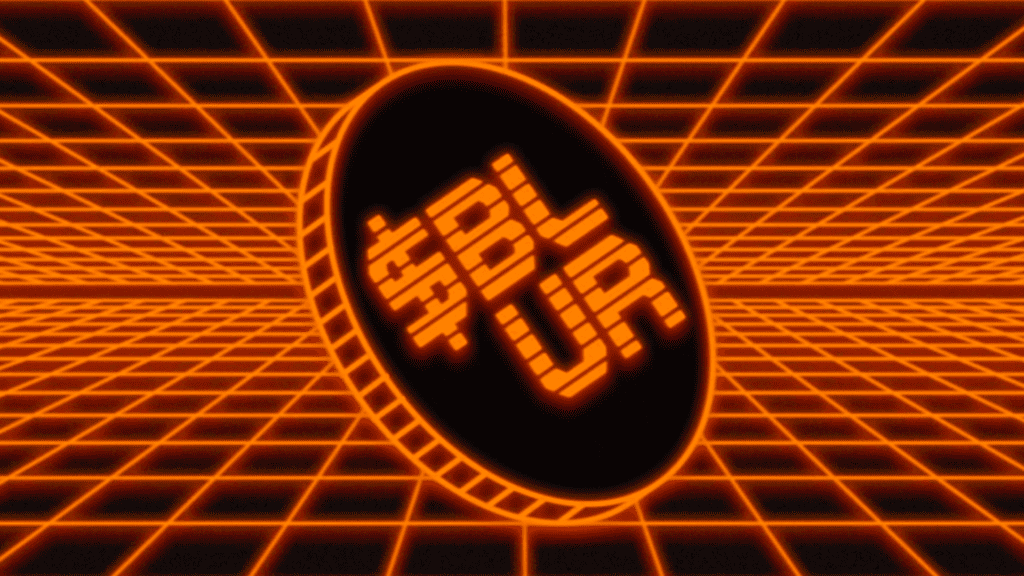Blockchain Capital: Why did we lead the investment in Worldcoin?
Why we invested in Worldcoin's blockchain capital.Blockchain Capital outlined the reasons for leading the investment in Worldcoin, stating that over the past decade they have evaluated thousands of cryptocurrency projects, but Worldcoin is undoubtedly one of the most ambitious and reliable efforts, and most importantly, it will build a new concept for the internet: Proof of Personhood. The Chinese version was translated and published by Wu Shuo Blockchain.
Like most people, our initial reaction to Worldcoin was also negative. It seemed Orwellian in nature, a harmful combination of hardware, biometric technology, and cryptography at first glance. However, upon further investigation, we found that it was actually quite the opposite. Worldcoin is a completely privacy-preserving solution to address a growing problem. Additionally, our evaluation concluded that Worldcoin has the necessary contributors community (including its initial development team at Tools for Humanity, “TFH”), technology (both software and hardware), and strategic support to serve billions of users worldwide.
What is Worldcoin doing? In order to register and verify users, Worldcoin scans everyone’s iris (the colored part around the pupil) using a custom hardware device called the “orb”. The orb takes a picture of the iris, and the device generates a unique code for iris randomness. By default, the raw biometric data is immediately destroyed, and the iris code is the only thing leaving the orb. In the World App of TFH, verified users are given a World ID which allows them to privately prove to anyone they choose that they are indeed a unique individual. These on-chain identity commitments are completely encrypted and secure. In other words, World ID is a privacy-preserving identity protocol that does not collect or store anyone’s biometric information.
- Understanding the Launch Rules of Neutron, the First Consumer Chain in the Cosmos Ecosystem
- Worldcoin has completed a $115 million C round of financing, led by Blockchain Capital.
- How can we determine whether a stablecoin is an official native asset after Multichain’s shutdown exposed asset security issues?
As part of this process, users can also create their own encrypted wallets in the World App. Considering the witch-attack resistance of World ID, the World App is the world’s first self-hosted wallet with a known user base – all other wallets can at best guess DAU/MAU metrics. We can think of such applications today with clear practicality. One such opportunity in Web3 is airdrops: many token-based projects hope to provide token rewards to each unique user.
Reference: https://www.wu-talk.com/index.php?m=content&c=index&a=show&catid=6&id=14647
We will continue to update Blocking; if you have any questions or suggestions, please contact us!
Was this article helpful?
93 out of 132 found this helpful
Related articles
- Summary of Hong Kong Securities and Futures Commission’s Cryptocurrency Consultation: Retail Trading, Temporary Ban on Stablecoins, and Inclusion in Indices are Minimum Standards
- LSD injects a shot in the arm for blockchain. What risks should users pay attention to?
- In-depth analysis of the new Starknet client Beerus: How to achieve trustless state verification?
- Latest article by Vitalik: Keeping it Simple and Avoiding Ethereum Consensus Overload
- NGC Ventures: Why we invested in Opside
- Investment tips for the next bull market: In-depth analysis of the development status and trends of 15 cryptocurrency tracks
- Game Dosi: First Impressions of LINE’s Web3 Game, the Japanese Communication Giant






